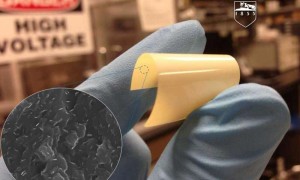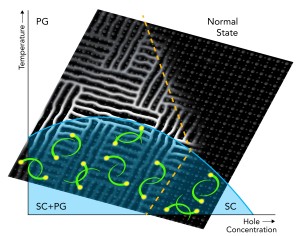 What was once known as the High Temperature Materials (HTM) Division of The Electrochemical Society has undergone a name change. It will now be known as the High-Temperature Energy, Materials, & Processes Division (H-TEMP). The ECS Board of Directors recently approved this name change at the 233rd ECS Meeting, effective immediately. H-TEMP includes topical interest areas such as fuel cells, electrolyzers, and energy conversion.
What was once known as the High Temperature Materials (HTM) Division of The Electrochemical Society has undergone a name change. It will now be known as the High-Temperature Energy, Materials, & Processes Division (H-TEMP). The ECS Board of Directors recently approved this name change at the 233rd ECS Meeting, effective immediately. H-TEMP includes topical interest areas such as fuel cells, electrolyzers, and energy conversion.
For several years, there has been an ongoing debate within the HTM Division about whether the name adequately represents the topical research areas, materials, and division activities such as organizing long running successful symposia, which are primarily centered around high temperature electrochemical energy conversion and storage science and technology that HTM has been heavily engaged in for the past several decades.


 A team of researchers has created a new material that could be used in microscopic sensors, also known as microelectromechanical systems [MEMS], for devices that are part of the Internet of Things.
A team of researchers has created a new material that could be used in microscopic sensors, also known as microelectromechanical systems [MEMS], for devices that are part of the Internet of Things.
